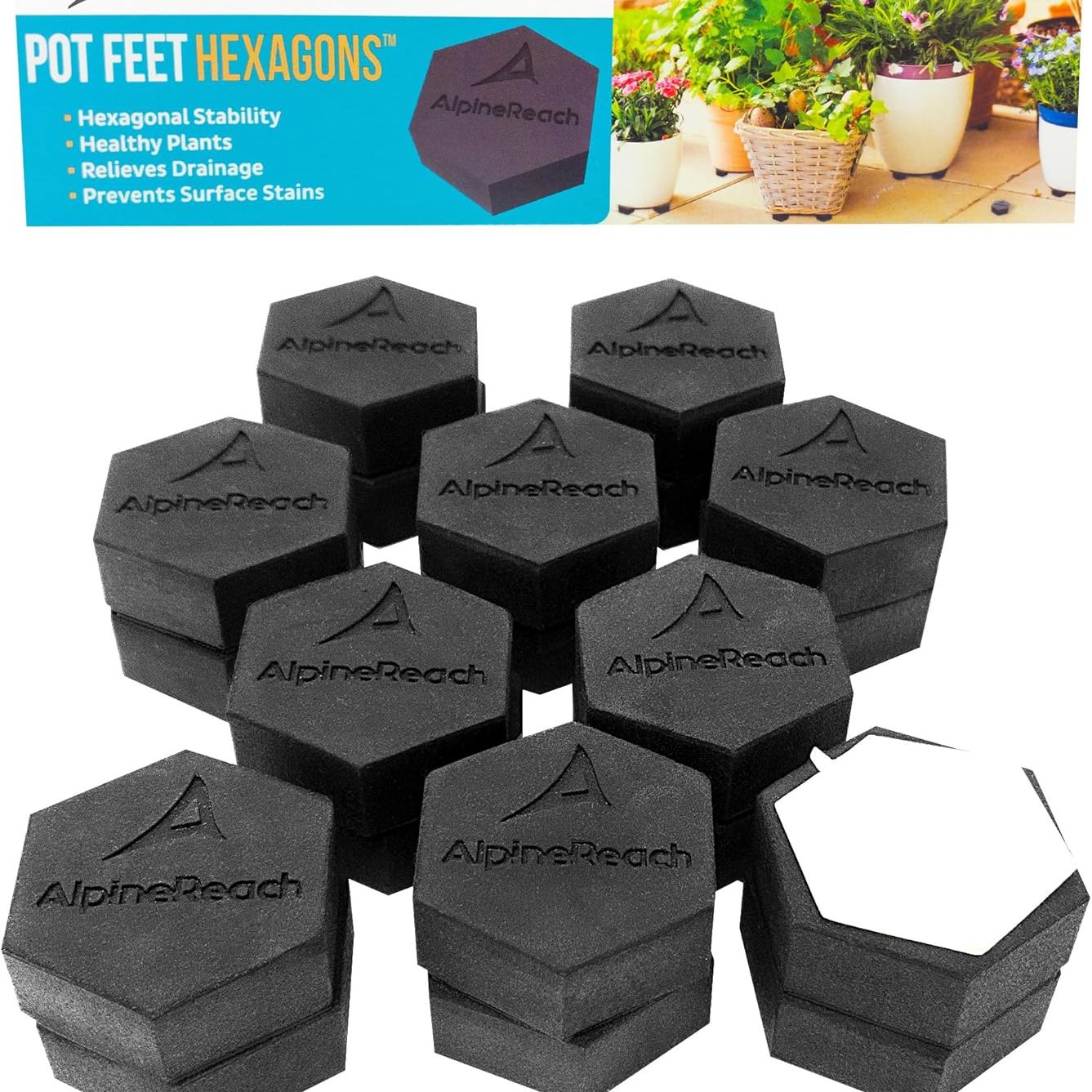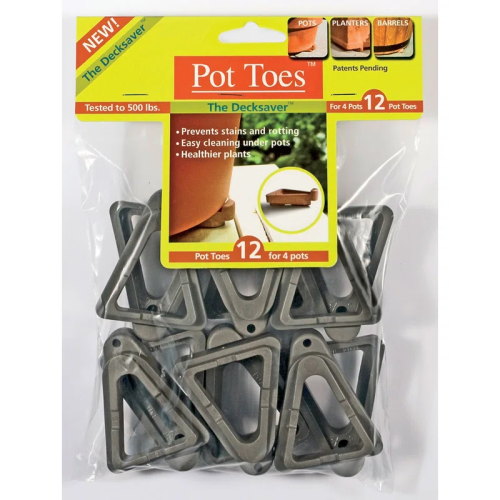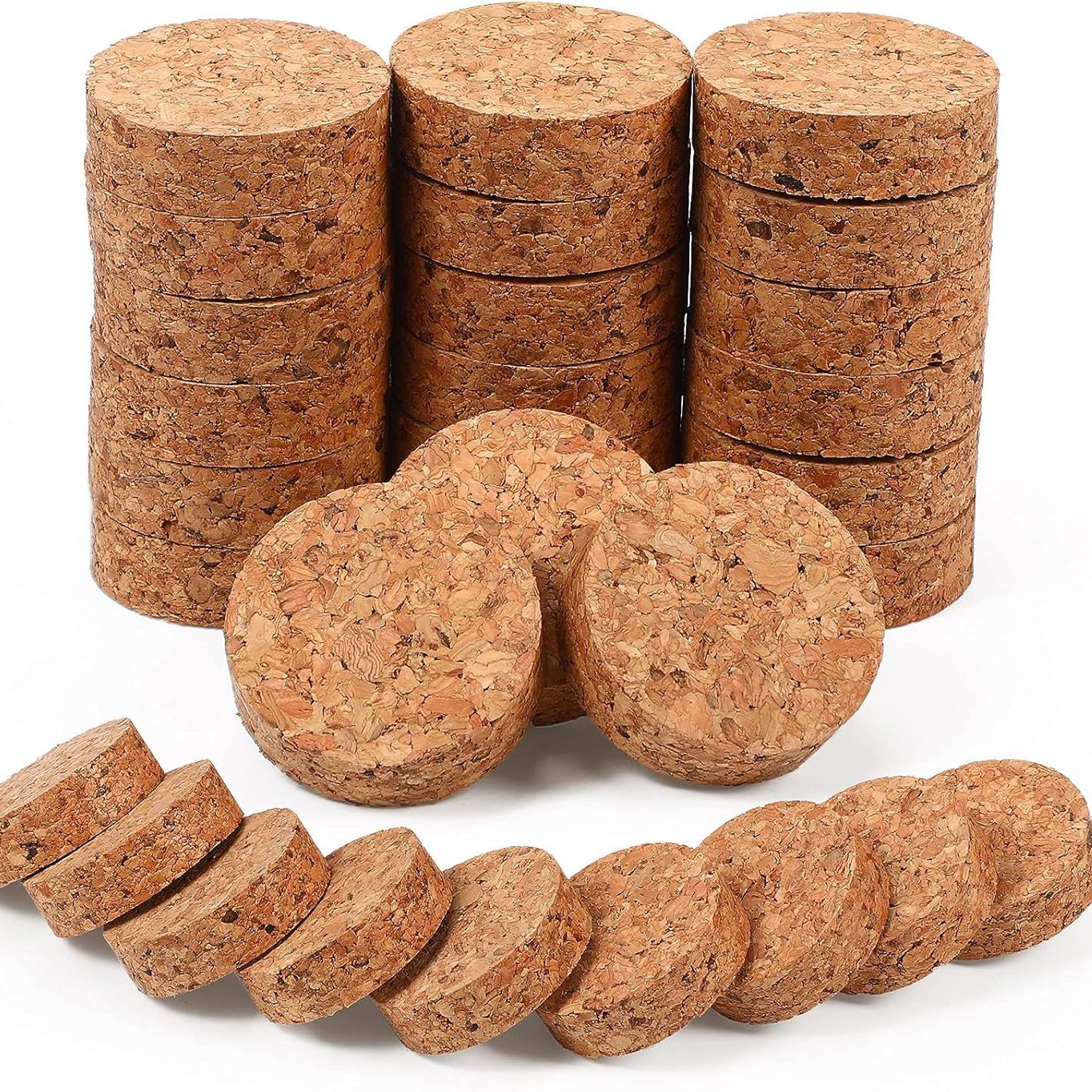Horticulturalists All Do This Simple Thing to Keep Plants and Pots Healthy Over Winter – And it Only Takes Seconds
Elevating plants with pot feet is the quick winter fix that really works

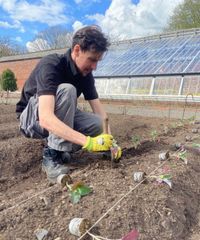
Winter can be a precarious time for container plants. One simple way to protect them from rot or frost damage is simply to raise them a few inches off the ground using pot feet. This quick fix may sound too good to be true, but it does offer several benefits.
Elevating pots only an inch or two is an easy tweak to make for winter that can make a big difference to the health of your plants. Using pot feet safeguards against plants becoming waterlogged and protects them from frost. Plus, it stops containers from cracking.
If you are looking for simple ways to protect container plants from winter weather, this is one tip to remember. Pot feet are easy to use, and there are many options available, from budget-friendly versions to more artistic designs that can be a feature in your container garden over winter. You can even reuse old materials around the garden if you desire.
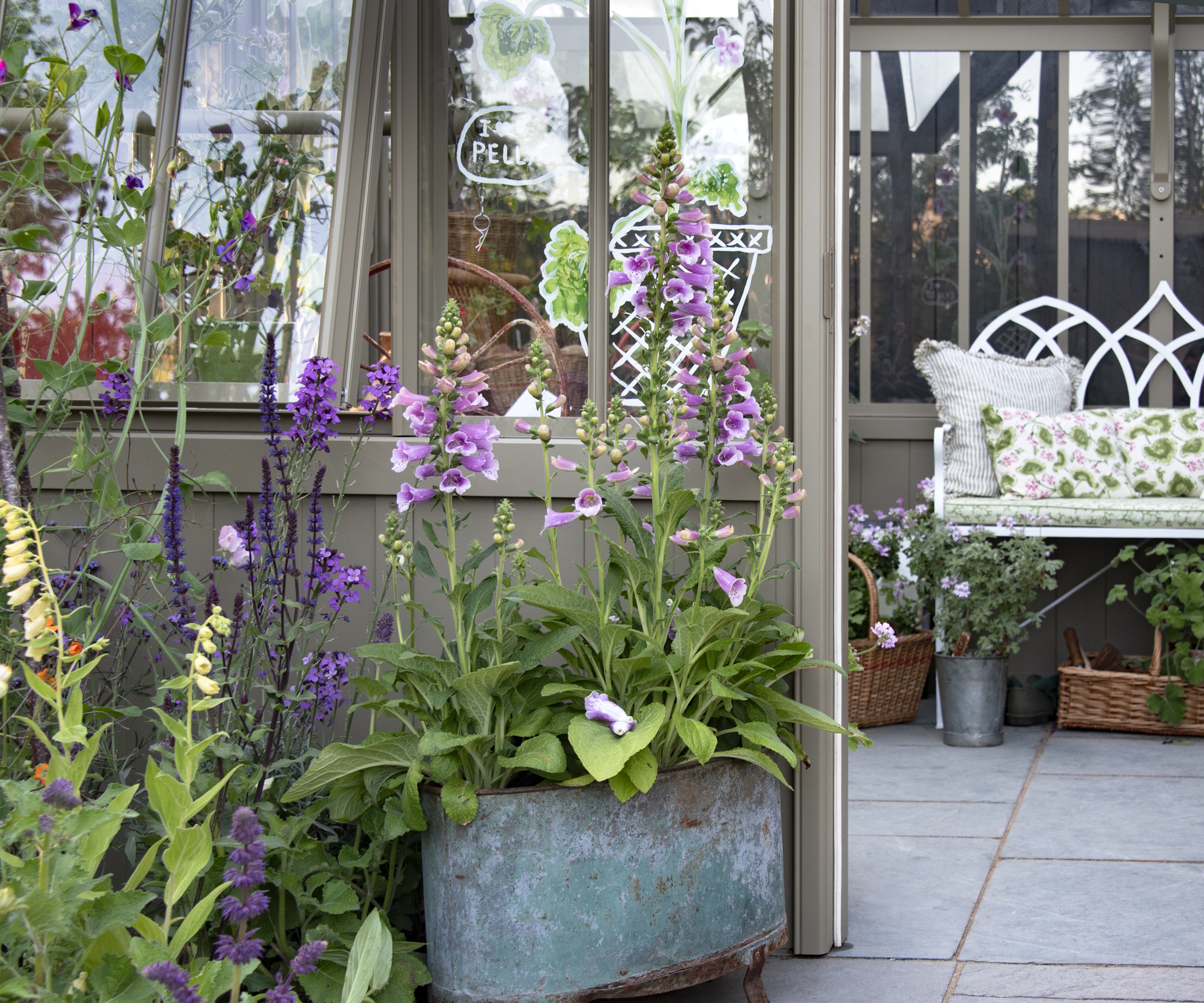
Why use pot feet
Pot feet offer a simple solution to many potential winter container gardening mistakes, helping ensure your plants and the container survive the colder months. It may be surprising how something as simple as raising pots an inch off the ground makes such a difference, but the reality is that it really does.
If you are a beginner at container gardening, make raising pots a priority this winter. This, along with the other easy tactic of moving pots together for winter, can make a real difference, and here’s why.
The first reason is for drainage, which is crucial for keeping plants healthy at this time of year. ‘By raising pots off the ground, the water can drain freely, which in winter is key as soggy soil can lead to root rot,’ says Lydia Beaumont, a gardening expert for Gardeners' Yards.
Water can drain away, and the pots don’t sit on cold, wet surfaces with water collecting underneath, leaving them vulnerable to the elements. As excess water and the base can freeze solid in winter when pots are placed directly on paving or soil, it can cause huge damage to the roots and reduce the lifespan of the pot.
Design expertise in your inbox – from inspiring decorating ideas and beautiful celebrity homes to practical gardening advice and shopping round-ups.
‘Elevation prevents pots from freezing to the ground and reduces exposure to standing water, which can expand and crack containers in freezing temperatures,’ explains Donna Letier, CEO and co-founder of Gardenuity. ‘It also helps avoid what we call ‘thermal shock’ or sudden temperature swings at the base that can damage roots.’
Pot feet also offer other benefits. These include increasing air circulation around the pot, which creates a healthier environment for the roots and prevents the plant from succumbing to rot and mold, and deterring pests from reaching the plants or hiding underneath the pot during the winter.
There is a wide variety of pot feet available, or savvy gardeners can opt for DIY options using materials they already have. ‘Pot feet are the ideal choice, especially for aesthetics,’ says Lydia. ‘However, using small bricks, wooden blocks, or bits of slate works just as well.’
If you prefer the idea of zero-waste gardening and opt for the DIY route to re-use bricks, wood, tiles, slate, or flat stones, it is essential to ensure that pots have at least an inch of clearance above the ground.

Lydia Beaumont is a gardening expert for Gardeners' Yards - a trusted online resource for gardeners to grow, inspire and discover. Whether crafting stylish table settings or transforming a garden into a personal oasis, Lydia loves making every space stunning and comfortable.

Donna Letier is the CEO and co-founder of Gardenuity, a company merging gardening with the wellness sector through personalized container gardens and gardening experiences.
Shop pot feet
Another way to protect pots and planters from frost is to wrap them, as an insulating layer can be enough to shield them from the worst of the winter weather. Ideal materials for wrapping potted plants for winter include horticultural fleece (also known as frost cloth), burlap (such as this burlap roll at Walmart), or bubble wrap.
Use pot feet to lift the container off the floor, wrap the pot with your chosen material, and secure it in place with string, twine, or bungee ropes to stop it from blowing away. Be careful not to block the drainage holes with the cover, so the moisture can escape the pot and prevent rot.

Drew has worked as a writer since 2008 and was also a professional gardener for many years. As a trained horticulturist, he worked in prestigious historic gardens, including Hanbury Hall and the world-famous Hidcote Manor Garden. He also spent time as a specialist kitchen gardener at Soho Farmhouse and Netherby Hall, where he grew vegetables, fruit, herbs, and cut flowers for restaurants. Drew has written for numerous print and online publications and is an allotment holder and garden blogger. He is shortlisted for the Digital Gardening Writer of the Year at the 2025 Garden Media Guild Awards.
You must confirm your public display name before commenting
Please logout and then login again, you will then be prompted to enter your display name.

